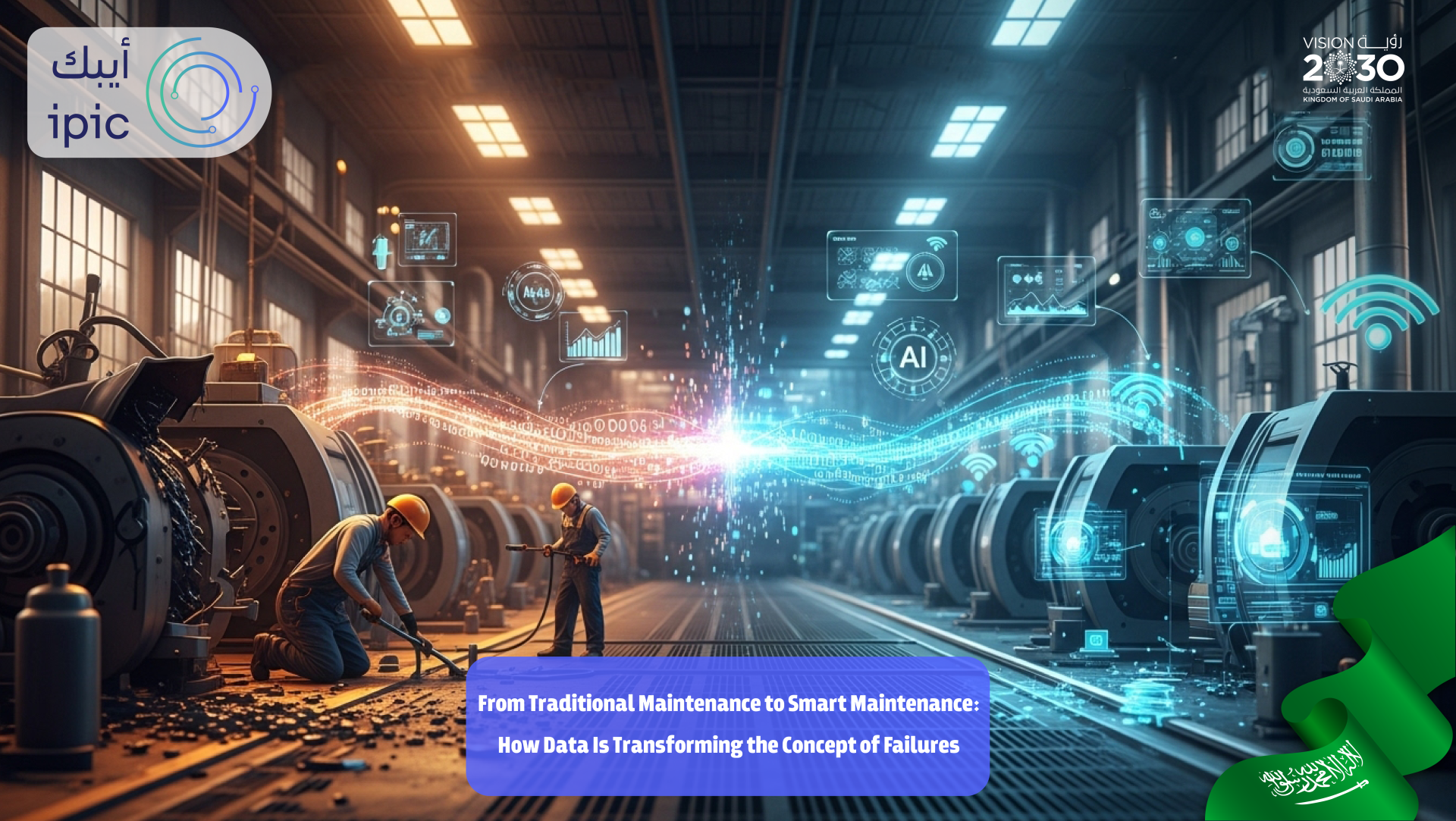From Traditional Maintenance to Smart Maintenance: How Data Redefines Industrial Downtime
In modern industry, maintenance is no longer limited to “fixing machines” after breakdowns occur. It has become a strategic pillar of operational efficiency and cost optimization. With digital transformation and advanced data analytics, traditional maintenance has evolved into Smart Maintenance — a predictive model that anticipates issues before they happen.
Traditional Maintenance: A Delayed Reaction
In the traditional model, maintenance teams acted only after a machine stopped working or showed signs of failure, leading to:
- Immediate production losses.
- Increased repair costs.
- Recurrent breakdowns due to lack of root-cause analysis.
- Stress on maintenance teams and overtime workload.
This reactive approach means the organization always pays the price before fixing the problem.
Smart Maintenance: A Data-Driven, Predictive Approach
Smart maintenance changes this reality completely. Through Internet of Things (IoT) devices and Artificial Intelligence (AI), it is now possible to collect real-time data from machines, analyze performance patterns, and predict potential failures before they occur.
Example: If a motor’s temperature gradually rises beyond its normal range, a smart system can send an instant alert to the maintenance team — preventing unplanned downtime and costly damage.
This “early visibility” transforms maintenance from fixing problems to preventing them.
Benefits of Smart Maintenance
- Up to 40% reduction in unexpected machine downtime.
- 20–30% lower annual maintenance costs.
- Better utilization of human resources.
- Extended equipment life and improved reliability.
- Enhanced safety and environmental standards.
Smart maintenance transforms maintenance departments from “cost centers” into value creators, directly boosting productivity and operational sustainability.
How IPIC Helps Factories Adopt Smart Maintenance
IPIC (Intelligent Performance for Industrial Consultation) supports Saudi industries in shifting from reactive to predictive maintenance through three key phases:
- Analyzing machine data and historical failure patterns.
- Designing IoT-based monitoring systems with smart sensors.
- Implementing predictive algorithms and training in-house maintenance teams.
This approach ensures consistent cost reduction and higher production reliability.
Smart Maintenance: The Path to Sustainable Efficiency
Factories adopting smart maintenance don’t wait for failures — they manage performance proactively, building strategies based on data, not guesswork. Smart maintenance is not just a technological upgrade, but a shift in industrial philosophy — from reaction to prediction, from chaos to control. With IPIC, the journey toward smart maintenance begins with data and ends with optimized performance.



